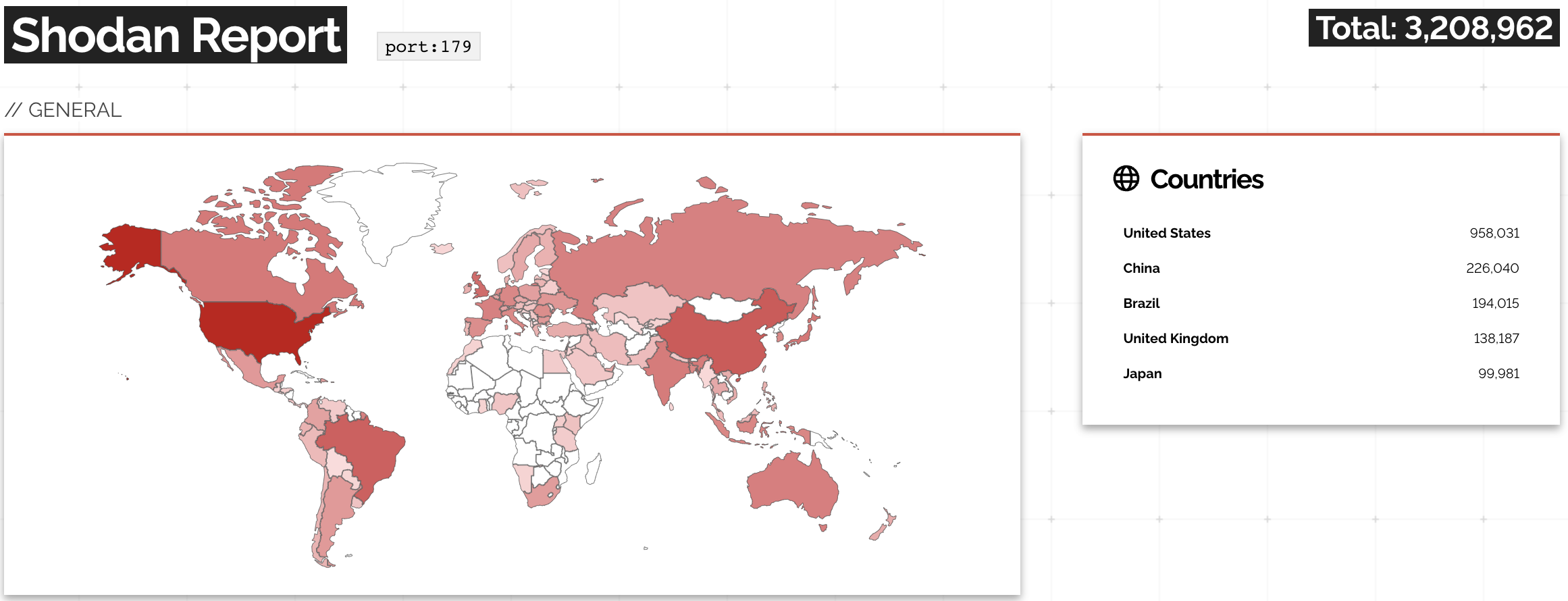VMware enlists Intel, IBM watsonx for private AI initiative
VMware has two new corporate partners, in the form of Intel and IBM, for its private AI initiative. The partnerships will provide new architectures for users looking to keep their generative AI training data in-house, as well as new capabilities and features.Private AI, as VMware describes it, is essentially a generative AI framework designed to let customers use the data in their own enterprise environments — whether public cloud, private cloud or on-premises — for large language model (LLM) training purposes, without having to hand off data to third parties. VMware broke ground on the project publicly in August, when it rolled out VMware Private AI Foundation with NVIDIA. That platform combines the VMware Cloud Foundation multicloud architecture with Nvidia AI Enterprise software, offering systems built by Dell, HPE and Lenovo to provide on-premises AI capabilities.To read this article in full, please click here


